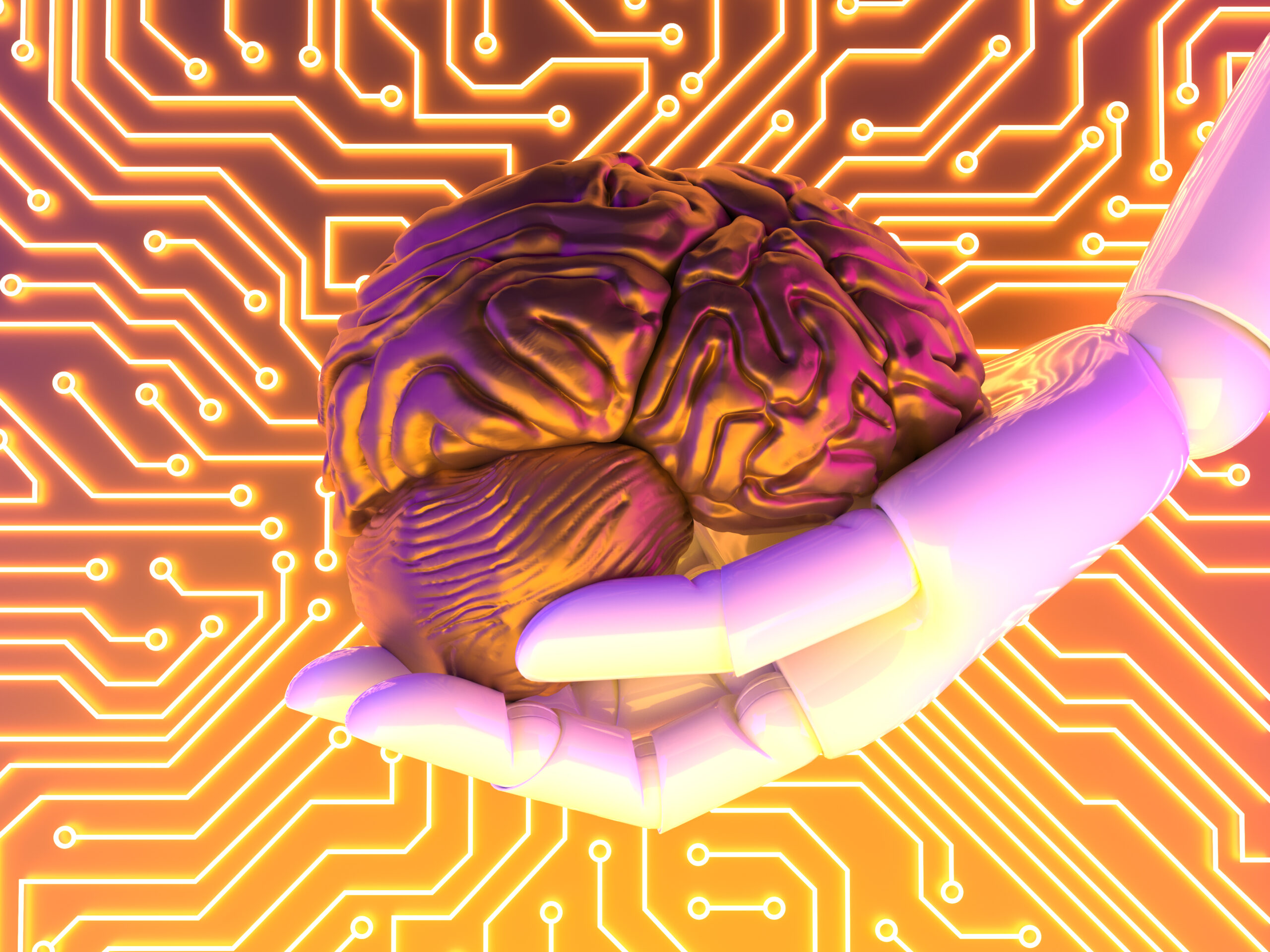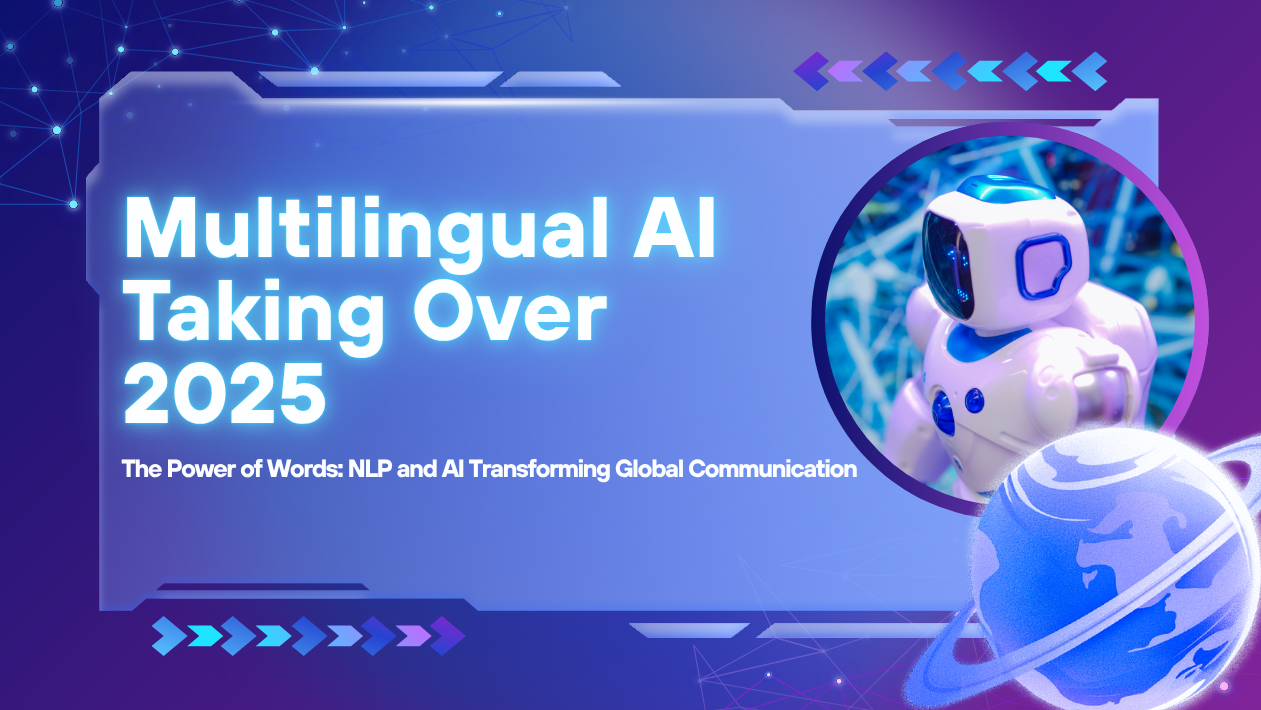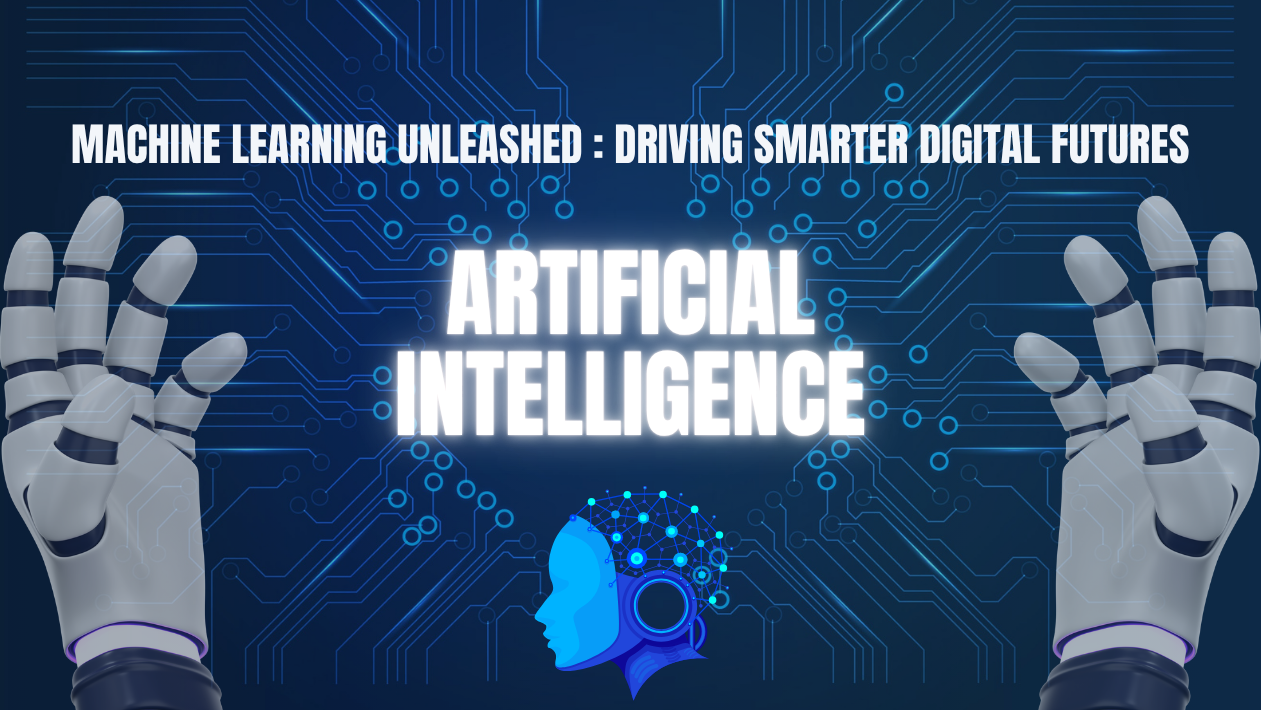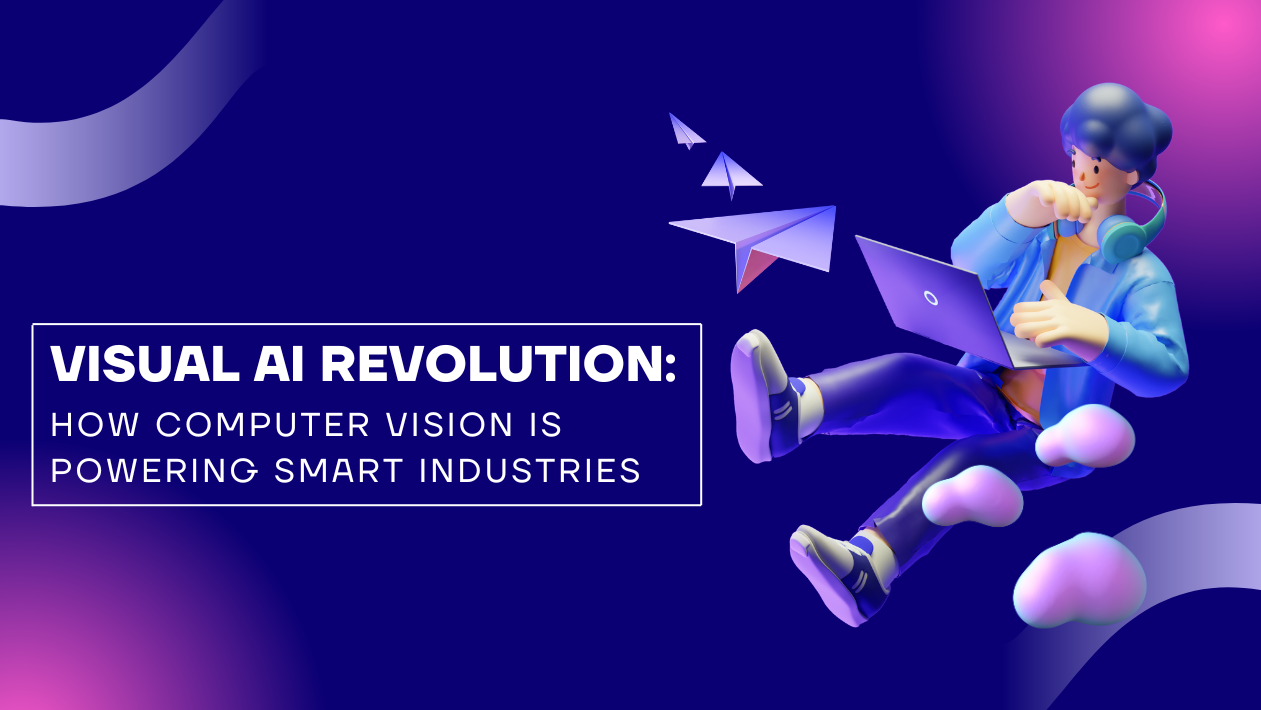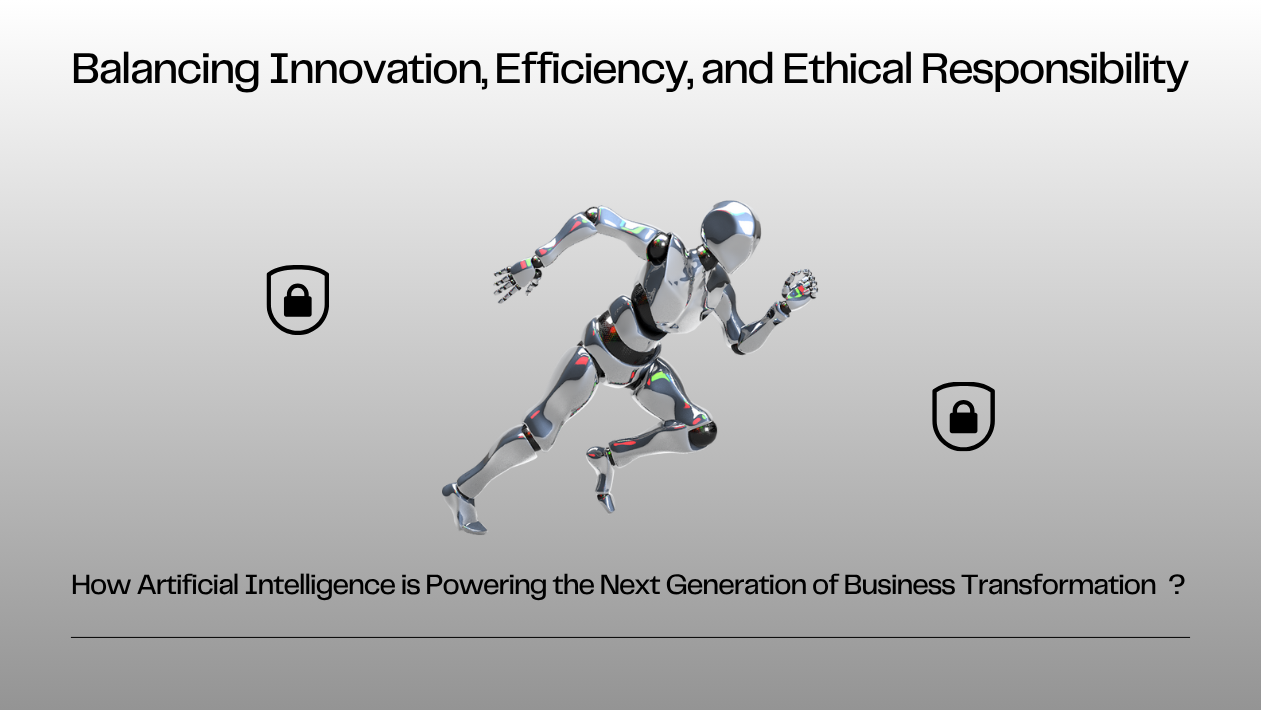Machine learning (ML) has moved from experimental labs to the core of global business strategy. In 2025, organizations are leveraging adaptive models, edge computing, and real-time inference to gain competitive advantage in industries ranging from healthcare and finance to retail and autonomous transportation.
Adaptive and Continual Learning Models Go Mainstream
The latest trend is continual learning, where ML systems update themselves on new data without complete retraining. This allows businesses to keep models accurate even as market conditions, consumer behavior, or sensor inputs change—critical for dynamic environments like e-commerce pricing and fraud detection.
Edge ML Brings Intelligence Closer to Devices
With the rise of AI chips and optimized frameworks, ML is now running directly on devices—from smartphones to industrial robots—reducing latency and enhancing privacy. Edge ML supports real-time analytics in autonomous vehicles, smart factories, and IoT networks where millisecond decisions matter.
Generative AI and ML Converge
Generative models trained on vast multimodal datasets are reshaping content creation, design, and simulation. Businesses use ML-driven generative tools to prototype products, personalize marketing campaigns, and synthesize training data, cutting costs and accelerating innovation.
Healthcare, Finance, and Retail Lead Adoption
- Healthcare: ML algorithms assist in medical imaging, predicting patient outcomes, and optimizing hospital workflows.
- Finance: Banks rely on ML for credit scoring, fraud detection, algorithmic trading, and risk modeling.
- Retail: Personalized recommendations and demand forecasting powered by ML drive higher sales and reduce inventory waste.
Responsible ML and Regulation Take Center Stage
As ML becomes ubiquitous, regulators are introducing AI governance frameworks to address bias, transparency, and explainability. Organizations are adopting open-source tools like Fairlearn and SHAP to audit models and provide clear reasoning for automated decisions.
Looking Ahead: Predictive and Proactive Intelligence
Experts predict that by 2030, ML systems will move from predictive analytics to proactive decision-making, autonomously initiating actions—such as adjusting supply chains or hedging financial positions—based on real-time data and forecasts.

